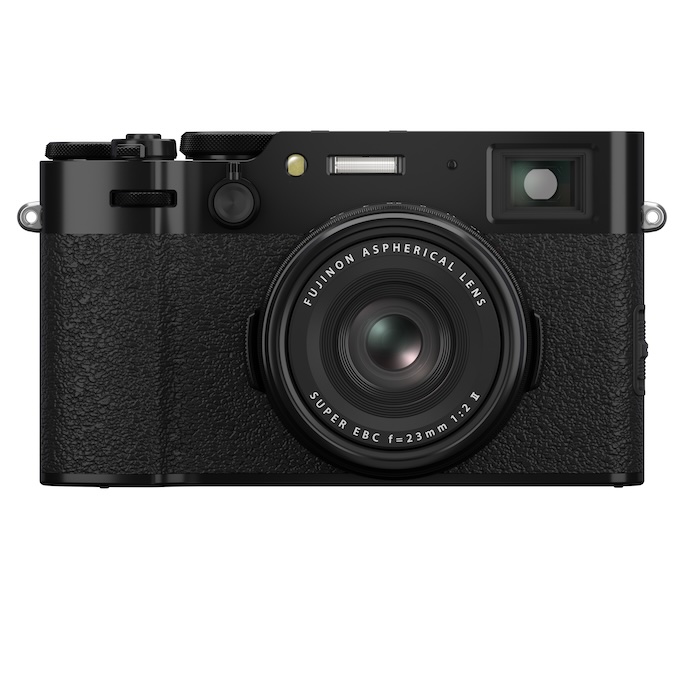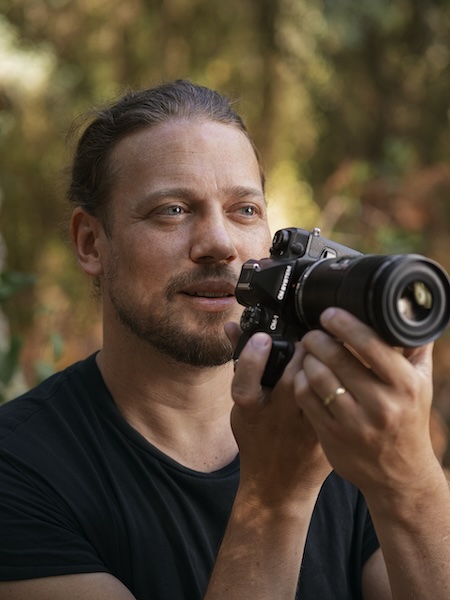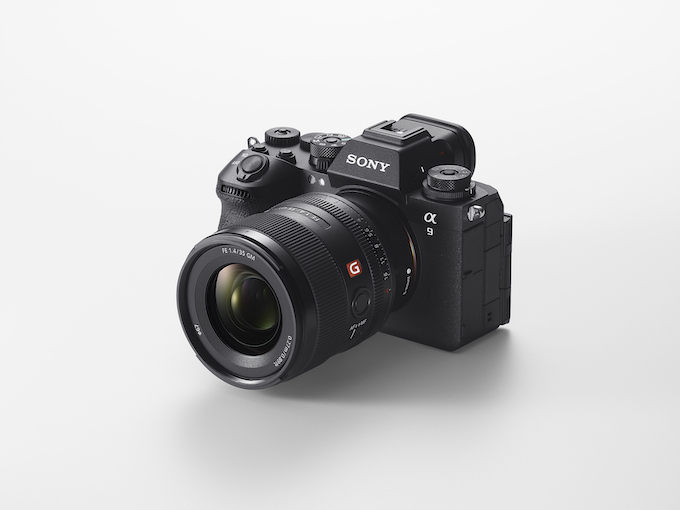10 Pixel-Packed, High-Res Cameras
December 22, 2016
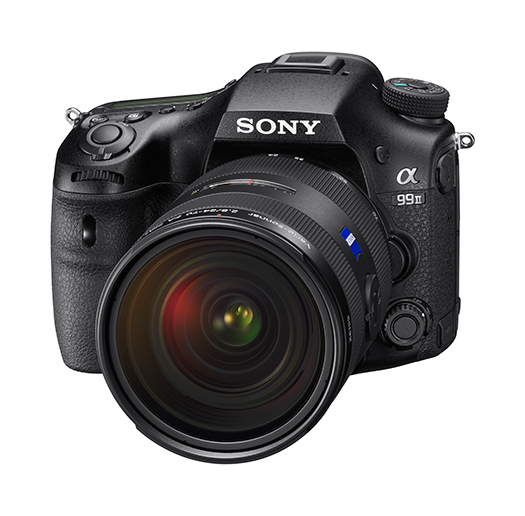
Sony a99 II
Sony’s 42-megapixel, full-frame sensor has found a home in the mirrorless a7 R II, the compact RX1R II and its newest residence, the Photokina-announced a99 II DSLR. Despite the meaty megapixels, the a99 II can cruise along at a brisk 12 fps with AF tracking engaged. It has an in-camera, five-axis image stabilization good for 4.5 stops of correction to keep you blur-free. Since it’s in-body, it will work with all A-mount lenses. Like many of Sony’s recent camera introductions, the a99 II records 4K video with S-Log 3 and S-Gamut 3 color profiles so your footage can be easily color-graded. If you need some epic slow-mos, the camera can hit 120 fps recording in full HD. If it’s AF points you crave, the a99 II has them in abundance. There are 79 dedicated phase detect AF points and 399 focal-plane phase detect AF points, and the camera can focus down to -4 EV. It can reach ISO 102,400, carries dual SD card slots and sports a weather-proof design.
Price: $3,199
www.sony.com
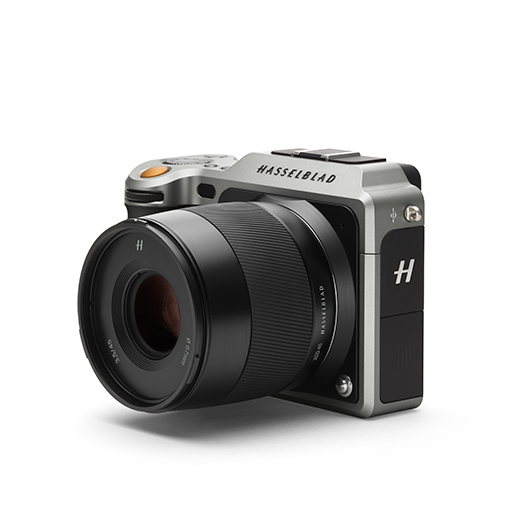
Hasselblad X1D
You can call a medium-format camera many things, but before the X1D, “compact” likely wouldn’t be the first word rolling from your lips. Hasselblad’s head turner squeezes a 50-megapixel, medium-format image sensor into a mirrorless camera body that’s smaller and lighter than many full-frame DSLRs. What’s more, it’s relatively inexpensive for a medium-format body. You’ll be able to capture 16-bit images with 14 stops of dynamic range while enjoying a native ISO of 100 to 12,800 that’s expandable to 25,600 in a pinch. Shutter speeds range from 60 minutes to 1/2000 sec. with flash sync available throughout the range. Frame rates clock in between 1.7 and 2.3 fps in continuous shooting and you can record HD video at 25p/24p. The camera features built-in Wi-Fi and GPS, a pair of SD card slots, an EVF and a 3-inch touch screen display.
Price: $8,995
Info: www.hasselblad.com
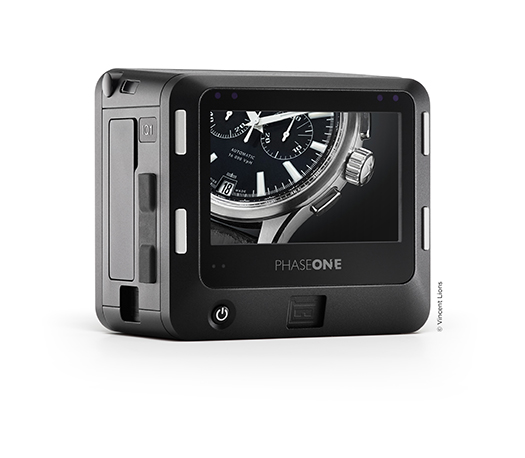
Phase One IQ1 100MP
If it’s resolution you want, the new IQ1 100MP medium-format back has it in spades. The second Phase One medium-format back to hit the 100-megapixel mark, the IQ1 100MP is a (slightly) less expensive variant of the IQ3 100MP. The IQ1 delivers 16-bit color and 15 stops of dynamic range with a native ISO range of 50 to 12,800. It can be paired with the new XF camera system, which features the Honeybee Autofocus Platform (HAP-1, for short) with a dedicated processor, a 1-megapixel CMOS AF sensor and a white spectrum focus-assist light to keep subjects crisp. A touch-based 1.6-inch screen on the top of the camera duplicates the settings available in the menu of a digital back for quick access. It can also display a seismometer if you’re the type that worries about geologically induced camera shake. A Profoto flash trigger is also built into the camera body for added convenience. The XF camera was just recently updated to support an electronic shutter so that you can take a photo with literally no parts moving internally in the camera (the better to keep unwanted shake at bay). The update also adds a flash analysis tool that gives you insights into how your flash fired with details on duration, output power and flash sync timing.
Price: $32,990 (IQ1 100 MP back)
www.phaseone.com
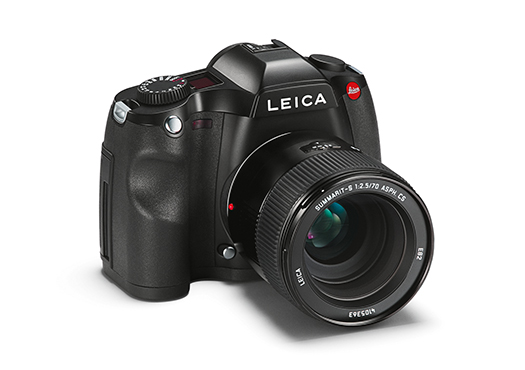
Leica S 007
The Leica S is a compact medium-format system, offering more of a DSLR feel than some of the bulkier backs. It boasts a 37.5-megapixel Leica CMOS sensor with no low-pass filter and the Maestro II image processor capable of delivering 3.5 fps continuous shooting with a 2GB memory buffer. The camera features predictive autofocus, a 3-inch LCD, built-in GPS and Wi-Fi for using mobile devices as remote controls and viewfinders. The 007 has shutter speeds as high as 1/4000 sec. with flash sync available up to 1/1000 sec. It delivers up to 15 stops of dynamic range, 16-bit color depth and an ISO range of 100 to 12,500. Images and video are saved to either CF or SD cards. The 007 is one of the more capable medium-format cameras when it comes to video. It records full HD video at 30, 25 or 24 fps using the full area of the image sensor, and it records 4K video using a Super 35mm crop of the sensor.
Price: $16,900
www.leica.us
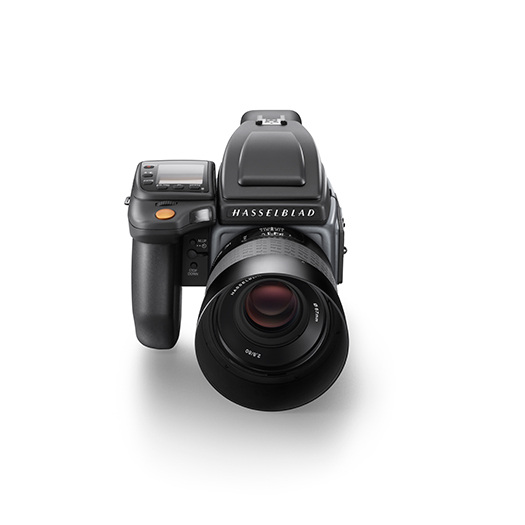
Hasselblad H6D
Like Phase One’s XF, the new H6D is a stem-to-stern revamp of Hasselblad’s medium-format system. It offers a shutter speed range from 60 minutes to 1/2000 sec. and has two card slots—one for CFast, the other for SD memory. The H6D features a 3-inch touch display with a 30 fps live view mode, a histogram readout on both the rear display and the camera’s grip display, plus built-in Wi-Fi and a USB-C port. The camera body works with new 50- or 100-megapixel camera backs (the H6D-50c and H6D-100c, respectively). The 100c offers 16-bit color and up to 15 stops of dynamic range with a native ISO range of 64 to 12,800. It also supports 4K and HD video recording. The 50c shares most of the same specs as the 100c only with a lower-resolution, 50-megapixel sensor and only HD video recording. It has a bit less dynamic range at 14 stops and a narrower native ISO range of 100 to 6400.
Prices: $29,995 (H6D-50c), $32,995 (H6D-100c)
www.hasselblad.com
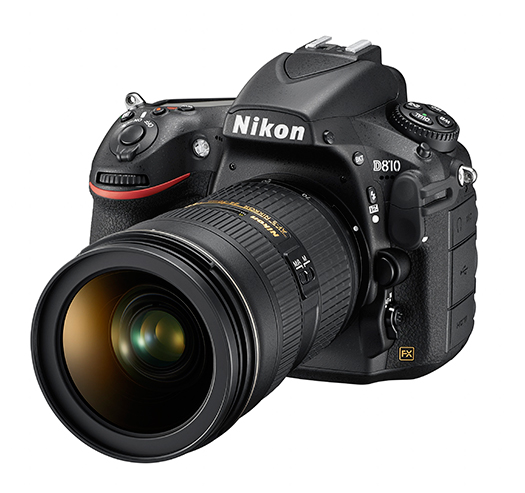
Nikon D810
This full-frame DSLR got the high-res ball rolling with its 36-megapixel CMOS sensor with no optical low-pass filter—the better to coax out maximal sharpness. It boasts an ISO range of 64 to 12,800 (expandable to 51,200) so you can operate in low light environments. You’ll enjoy continuous shooting rates of up to 5 fps, but you can nudge up frame rates if you opt for a DX format crop of the sensor and use the optional battery pack. On the video front, the D810 captures full HD video up to 60 fps and can output an uncompressed video signal to an external device while simultaneously saving a compressed file to a memory card.
Price: $2,800
www.nikonusa.com
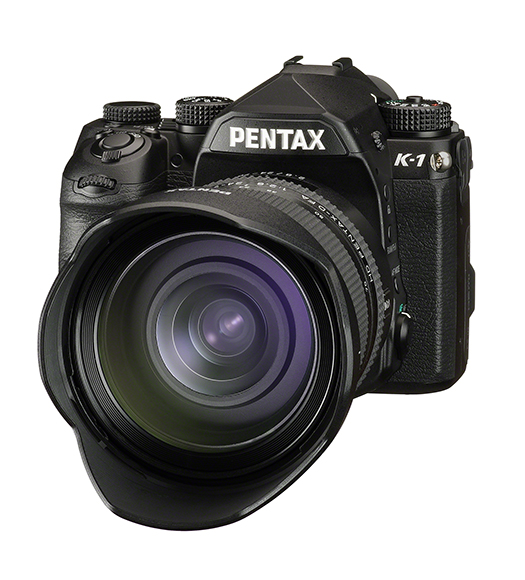
Ricoh Pentax K-1
On its own, the K-1’s 36-megapixel CMOS sensor would qualify as a high-res camera, albeit on the lower end of our scale here. But it has a few tricks up its sleeve to help it punch above its weight. First is an AA simulation mode that shifts the image sensor to mimic the effect of an optical low-pass filter. This best-of-both-worlds approach lets you turn AA filtration on when you’re shooting fine pattern details (to avoid moiré or false color artifacts) or turn it off when you want to prioritize a sharper image. You can also vary the intensity of the effect and bracket all of the available AA settings so you can pick the image that works best for you. The second trick is the camera’s Pixel Shift Resolution mode, which repositions the sensor across a series of images and then merges these exposures in-camera to create a single photo with less noise and more accurate colors. It’s a beefier image file that requires the free Silky Pix software to fully process and will only work on completely still objects (not people), but the results are impressive. The K-1 has plenty of features besides plentiful pixels, including GPS, Wi-Fi and a five-axis image stabilization system good for up to five stops of correction, per CIPA standards.
Price: $1,800
www.us.ricoh-imaging.com
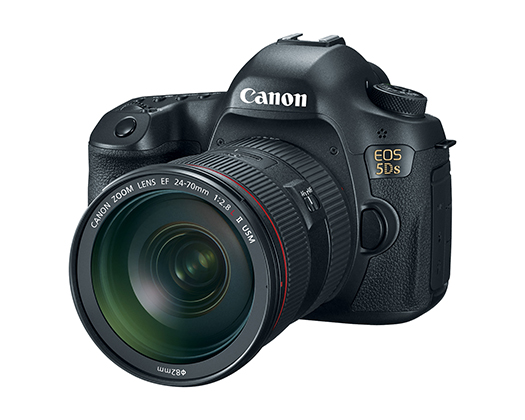
Canon 5DS & 5D R
Canon’s 5DS and 5DS R have gone where no DSLR has gone before—into medium-format resolution territory. They both use a 50-megapixel CMOS sensor, but the 5DS R is the real pixel-peeper pleaser—it has a low-pass filter cancellation effect to deliver an extra ounce of sharpness. To help hone your images, these cameras have adjustable sharpness settings and several build enhancements to ensure a completely steady image. The mirrors are motor driven, not spring driven, to soften their impact when they move internally. You can also designate the interval between when you lock the mirror and when the shutter releases a second time to ensure the camera is completely shake-free. Finally, the internal chassis, base plate and tripod socket have been reinforced to make the cameras rest more securely on tripods.
Prices: $3,499 (5DS), $3,699 (5DS R)
www.usa.canon.com
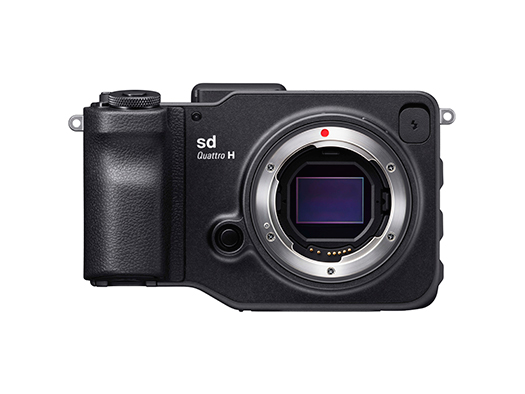
Sigma sd Quattro & sd Quattro H
Mirrorless cameras have typically lagged behind DSLRs when it comes to absolute pixel counts (Sony excluded), but Sigma’s new sd Quattro models won’t be playing second fiddle. Using Foveon sensor technology, the two sd Quattro models (the sd Quattro and sd Quattro H) can deliver 39- and 51-megapixel equivalent images, respectively. The sd Quattro and sd Quattro H share mostly identical features and accept Sigma’s Global Vision lenses (Art, Contemporary and Sport). The big difference between the models is their image sensors. The sd Quattro uses the same Foveon X3 APS-C-sized sensor that’s found on the company’s line of Quattro advanced compacts while the sd Quattro H uses a similar approach but a larger, APS-H sized sensor. The native ISO range of both sensors is 100 to 6400. You’ll be able to coax more dynamic range and resolution from your images using a new “Super-Fine Detail” mode that captures seven different exposures with one shot and merges them into a single image.
Prices: $799 (sd Quattro), $1,199 (sd Quattro H)
www.sigmaphoto.com
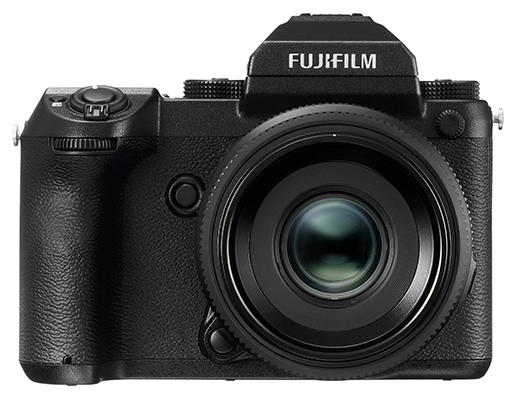
Fujifilm GFX 50S
Fuji stole the show at Photokina 2016 with the news that it was breaking into the digital medium-format market in 2017 with the GFX 50S. There’s plenty still to learn about this camera, but here’s what we know: it will pack a Fuji-developed 51.4-megapixel image sensor with several supported image formats, including 4:3, 3:2, 1:1, 4:5, 6:7 and 6:17. It’s a mirrorless camera with a new G-mount lens system with a total of six lenses expected throughout 2017. Focal lengths will range from 23-120mm, and a 63mm f/2.8 lens comes included with the camera. You’ll enjoy a tilting display and support for tethered shooting. While there’s no built-in viewfinder, Fuji will include an EVF in the box. Accessories will include a viewfinder that can tilt up at 90 degrees and swivel, plus a vertical grip.
Price: under $10,000
www.fujifilmusa.com

